Learn how to grow, harvest, and store carrots on your homestead. Discover the best time to plant, how much to feed a family for a year, and the best carrot varieties for long-term storage. Ensure a bountiful carrot harvest for your homestead.
Mid-July through fall is a bustling time here on the homestead as it’s time for carrots to be harvested and stored for winter. We planted these carrots in April, with subsequent plantings throughout the growing season. Carrots are a versatile and essential crop for us, and we grow roughly ½ ounce of carrot seeds in our favorite variety, Danvers, to ensure we have enough to last us until the next harvest season. We use carrots from fresh salads and snacking to freezing them for winter meals and side dishes. Let’s dive into growing, harvesting, and storing carrots for your homestead!
When to Plant Carrots on Your Homestead:
Carrots are a cool-season crop; timing is crucial for a bountiful harvest. Here’s how to determine the best time to plant carrots:
- Early Spring Planting: In zone 6a, where our homestead is located, we start planting carrots in early April as soon as the soil can be worked. Carrot seeds can germinate in soil temperatures as low as 50°F (10°C), but they germinate best when the soil temperature is between 55°F and 75°F (13°C to 24°C).
- Succession Planting: We practice succession planting to ensure a continuous supply of fresh carrots. This involves planting a new batch of carrot seeds every 2-3 weeks until late July. This staggered planting schedule ensures that we have carrots to harvest throughout the growing season and into the fall.
- Fall Planting: We plant our last batch of carrot seeds in late July to early August for a fall harvest. Carrots grown in late summer often have improved flavor as they mature in cooler weather. They can also be left in the ground and harvested as needed during the winter, provided the soil doesn’t freeze solid.
How Many Carrots to Grow to Feed a Family for a Year?
Determining how much to plant depends on your family’s carrot consumption and storage capabilities. Here’s a guide to help you figure out how much to plant:
- Assessing Family Needs: As a family of eight on our homestead, we aim to have carrots available year-round. Our family consumes an average of 1-2 pounds of carrots per month, meaning we need about 192 pounds annually.
- Yield Estimation: Carrot yields vary based on soil quality, weather conditions, and growing practices. On average, you can harvest about 1 pound of carrots per square foot of garden space. Knowing this, we plant enough to cover our yearly needs, taking into account some extra for potential losses due to pests or weather.
- Planning Garden Space: We dedicate a specific garden area to carrots to meet our needs. For instance, if we need 192 pounds of carrots and expect a yield of 1 pound per square foot, we need approximately 192 square feet (8'x12') of garden space. Given our succession planting schedule, we can manage this space efficiently throughout the growing season.
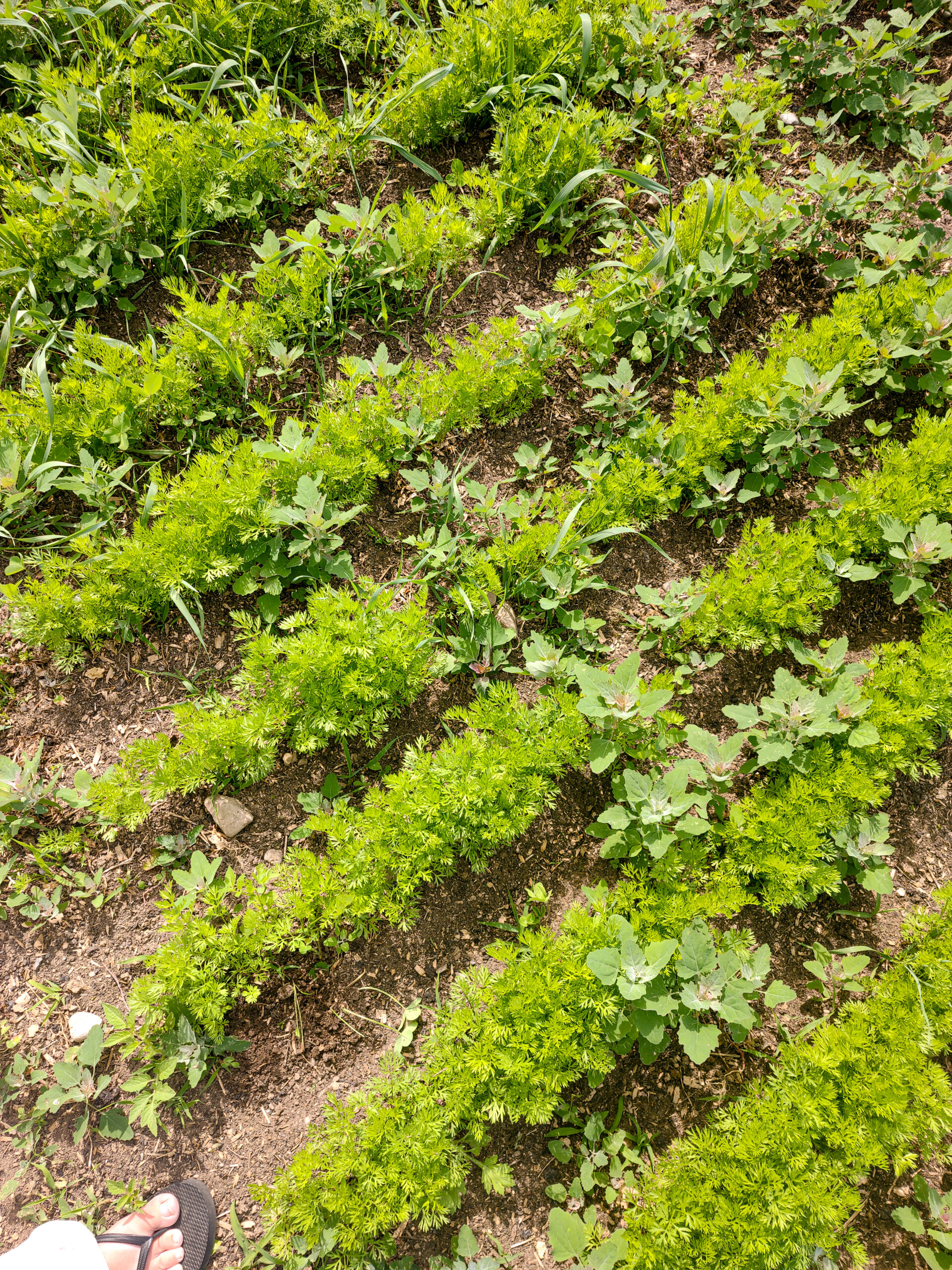
How Much Does ½ Ounce of Carrot Seed Grow?
Carrot seeds are tiny, and ½ ounce may not sound like much, but it can yield a substantial harvest. Here’s what to expect from ½ ounce of carrot seeds:
- Seed Count: ½ ounce of carrot seeds contains approximately 8,000 to 10,000 seeds, depending on the variety. This number can vary slightly, but it gives a reasonable estimate.
- Planting Density: Carrot seeds are typically sown about ¼ inch deep and spaced 1-2 inches apart in rows 12-18 inches apart. You can expect a high germination rate and a healthy crop with proper spacing.
- Yield Estimation: From ½ ounce of carrot seeds, you can potentially plant a 200-square-foot garden bed. An average yield of 1 pound of carrots per square foot could produce approximately 200 pounds. This is enough to meet our yearly needs and have some surplus for preservation.
How to Harvest and Store Carrots for Short and Long-Term Storage:
Harvesting and storing carrots properly ensures they stay fresh and flavorful for as long as possible.
Here’s our method for the harvest and storing of carrots:
- Harvesting: Carrots are ready to harvest about 70-80 days after planting, depending on the variety. The best time to harvest is in the morning when the temperatures are more relaxed.
- Method: Gently loosen the soil around the carrots with a garden fork or spade, taking care not to damage the roots. Grasp the carrot tops and pull them out of the ground. For larger harvests, we involve the whole family in this enjoyable activity.
- Once harvested, remove the tops to prevent them from drawing moisture from the roots. Brush off any excess soil, but avoid washing the carrots until ready to use them, as moisture can lead to rot during storage.
- Short-Term Storage: Freshly harvested carrots can be stored in the refrigerator for up to a month. Please place them in a perforated plastic bag or wrap them in a damp cloth to maintain humidity.
- Long-Term Storage: We don't use a root cellar for long-term storage. However, this is ideal for storing cold crop harvest. Instead, we layer the carrots in sand or sawdust in a wooden box or plastic bin. Ensure the carrots don’t touch each other to prevent rot. Stored this way, carrots can last for several months.
How to Select Carrots Best for Long Storage:
Selecting a suitable carrot variety is essential for successful long-term storage. Here are some of the best varieties for storage:
- Danvers: This variety is well-suited for our soil type and has a high sugar content, making it excellent for storage. Danvers carrots are medium-length, tapered, and rich orange.
- Imperator: These carrots are longer and more slender than Danvers and have a sweet flavor. They store well and are great for both fresh eating and preserving.
- Nantes: Nantes carrots are cylindrical with blunt ends and a crisp, sweet flavor. Nantes are known for their excellent storage capabilities and are less likely to become woody.
- Chantenay: Chantenay carrots are short and stout with a broad shoulder. They are flavorful and store well, making them ideal for winter storage.
- Autumn King: Autumn King is bred for winter harvesting and storage. Autumn King carrots are large and sweet and store exceptionally well in a root cellar.
Growing, harvesting, and storing carrots on the homestead is a rewarding and essential part of our sustainable living practices. By planting in early spring and continuing with succession plantings, we ensure a continuous supply of fresh carrots from mid-July through fall. For our large family, planting ½ ounce of carrot seeds in our favorite variety, Danvers provides enough carrots to last until the next harvest season.
Proper harvesting and storage techniques are crucial to maintaining the quality and flavor of our carrots. Whether storing them short-term in the refrigerator or long-term in a root cellar, we preserve their freshness. Choosing suitable carrot varieties to grow, harvest, and store, such as Danvers, Imperator, Nantes, Chantenay, and Autumn King, ensures we have the best carrots for long-term storage.
Carrots are a versatile and nutritious addition to our homestead meals. Carrots are best when eaten fresh, used in salads, or preserved for winter meals and side dishes. We can enjoy the fruits of our labor throughout the year with careful planning and dedication.

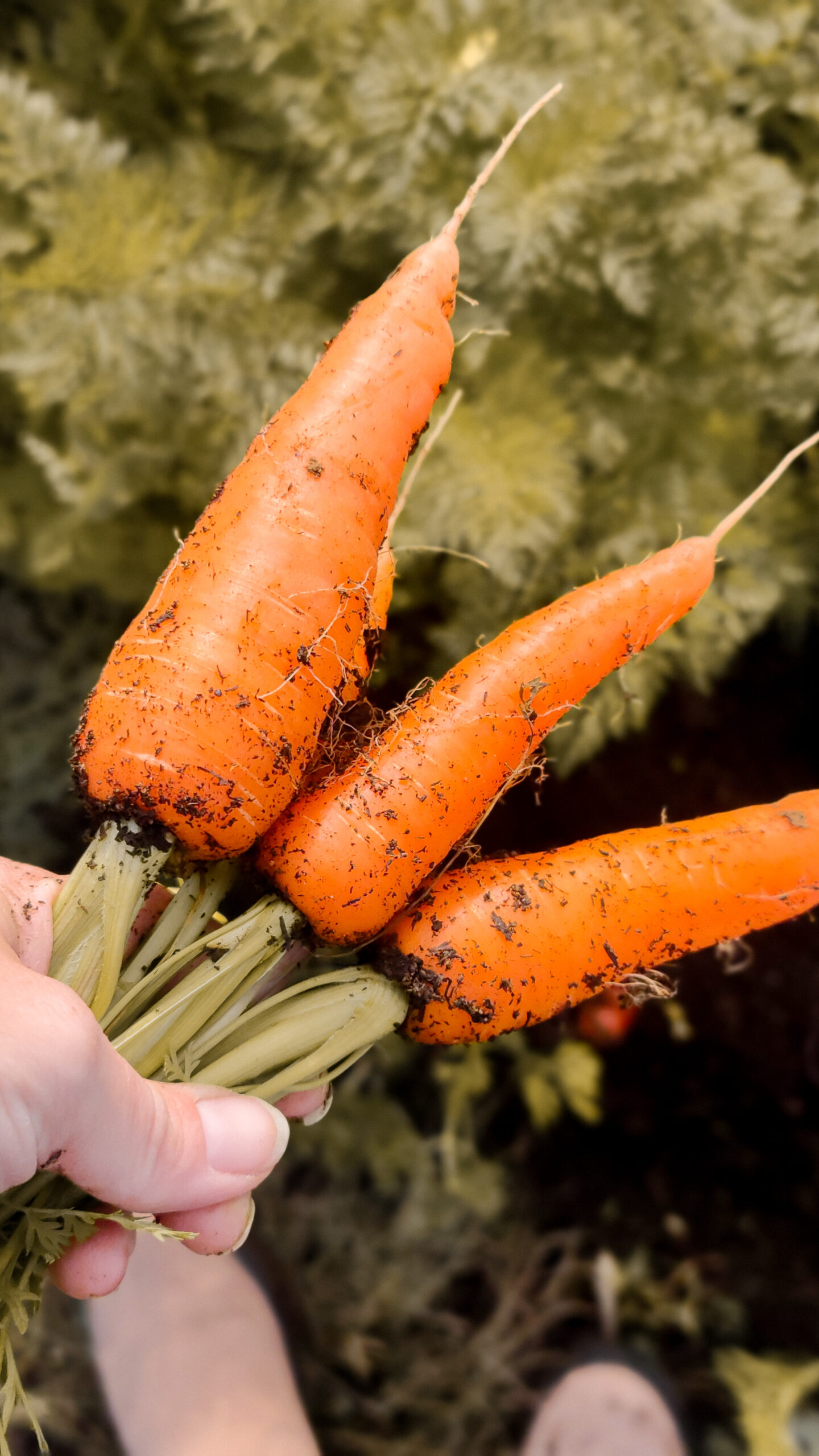
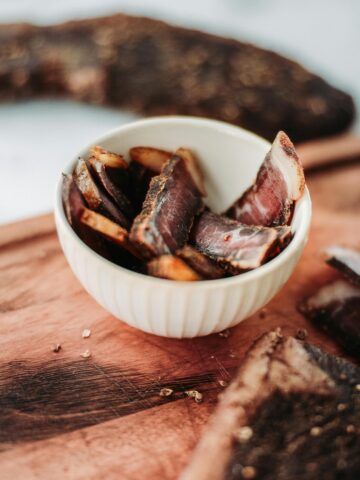

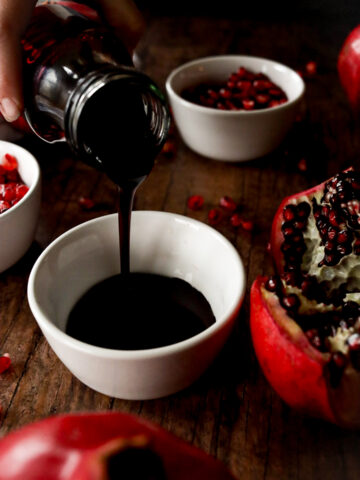
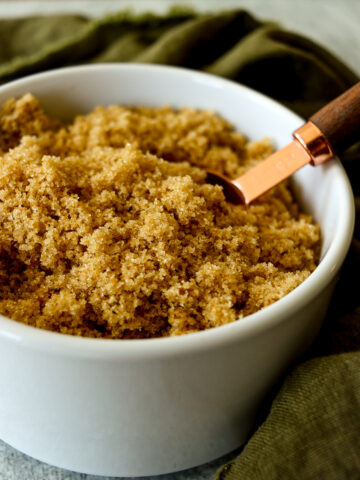
Leave a Reply